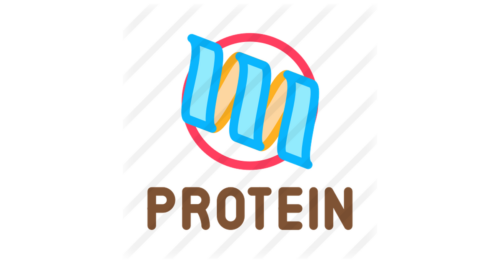Accumulated evidence suggests a pathogenic role of reactive oxygen species (ROS) in perpetually rheumatoid joints. Therefore, the application of radical scavengers for reducing the accumulation of ROS is beneficial for patients with rheumatoid arthritis (RA). We synthesized water-soluble fullerenols that could inhibit the production of ROS and applied intra-articular (i.a.) injection in an experimental arthritis model to examine the anti-arthritic effect of the synthesized compound. RAW 264.7 cells were used to examine the activity of the synthesized fullerenol. Collagen-induced arthritis (CIA) was induced in Sprague-Dawley rats by injecting their joints with fullerenol. The therapeutic effects were evaluated using the articular index as well as radiological and histological scores. Dose-dependent suppression of nitric oxide (NO) production caused by the fullerenol was demonstrated in the RAW 264.7 cell culture, thus confirming the ability of fullerenol to reduce ROS production. In the fullerenol-injected joints, articular indexes, synovial expression of ROS, histological and radiological scores, pannus formation, and erosion of cartilage and bone were all reduced. Moreover, interleukin (IL)-1β and vascular endothelial growth factor (VEGF) levels were reduced, and fewer von Willebrand factor (vWF)-stained areas were identified in the fullerenol-treated joints than in control joints. The i.a. injection of fullerenol for reducing ROS production can ameliorate arthritis in joints by suppressing pro-inflammatory cytokine production and the angiogenesis process. Thus, the i.a. injection of fullerenol for reducing the production of ROS can be used as a pharmacological approach for RA patients.
0 items in your cart
Help center
Do you have any questions?
What would you like help with today? You can quickly take care of most things
here, or
connect with us when needed.
Can not find your answer? Please contact us
Send a question
Please try to describe your question as accurately as possible. The most
complete information will help us promptly respond to your message.
Question sent successfully
Thank you for contacting us, we will answer your question on example@gmail.com within 72 hours!





![The prolongation of the lifespan of rats by repeated oral administration of [60]fullerene](https://biofullerene.com/wp-content/uploads/2022/11/moussa-320x356.png)


